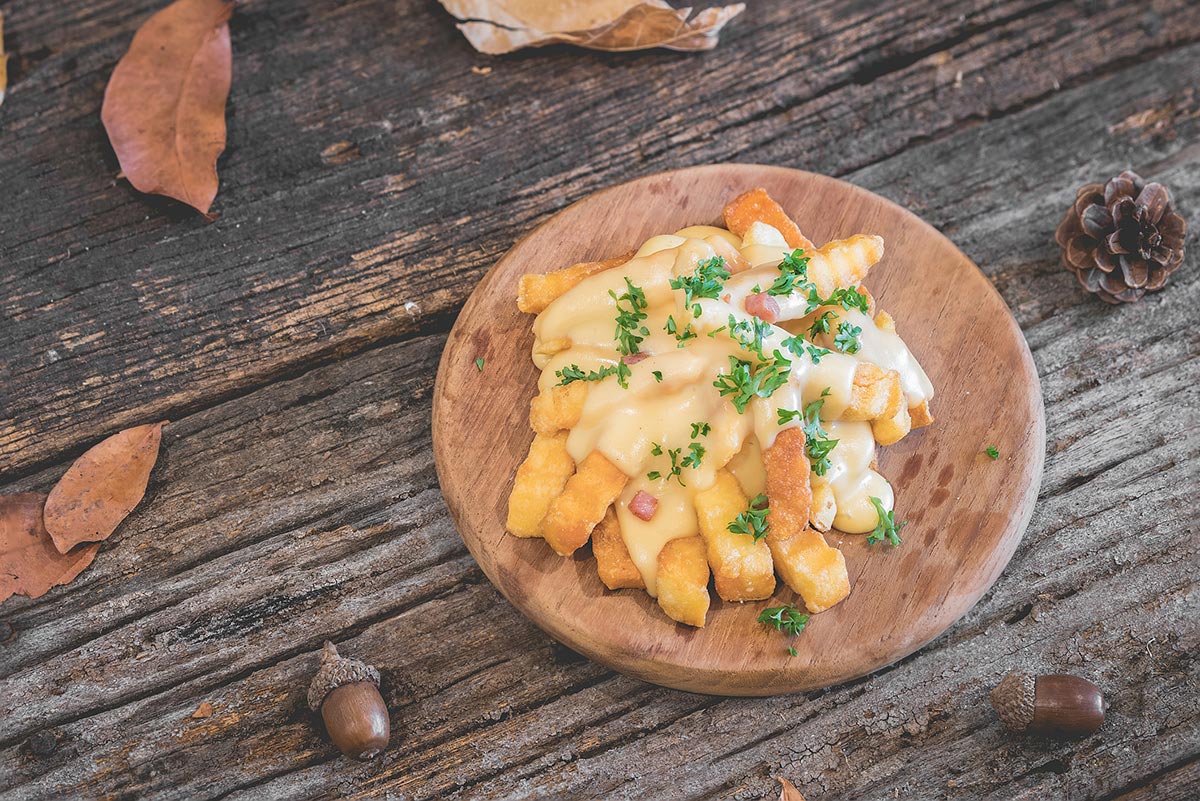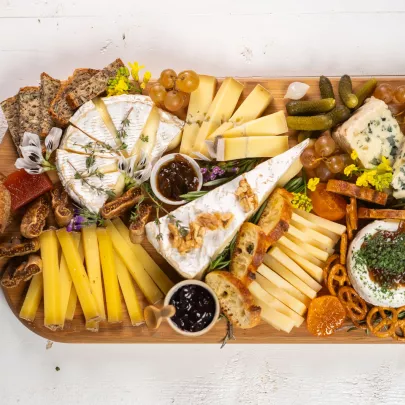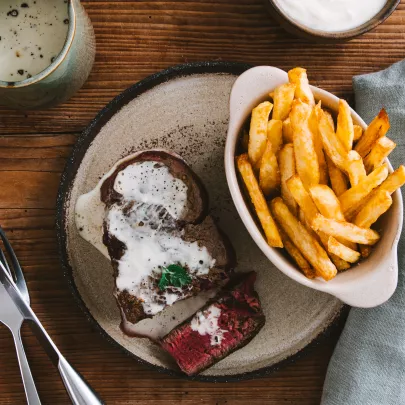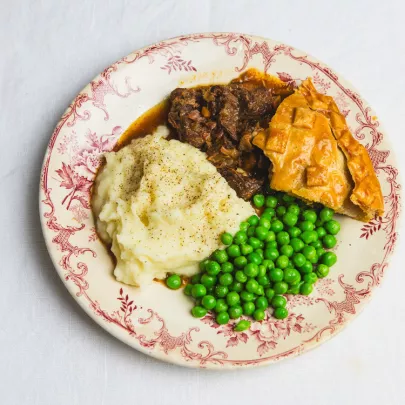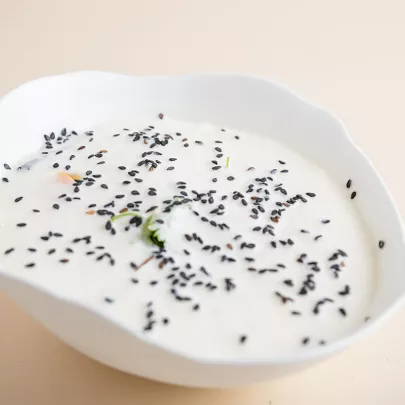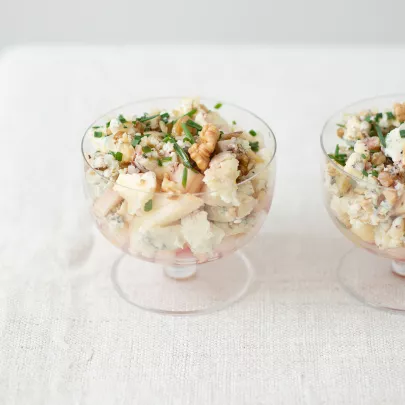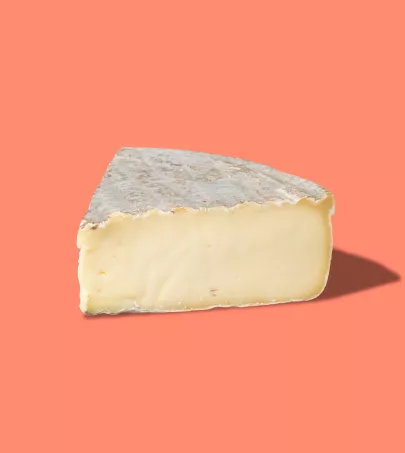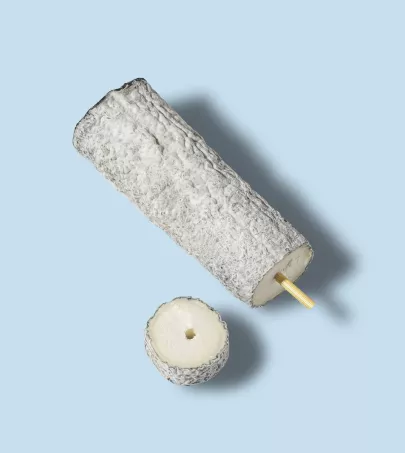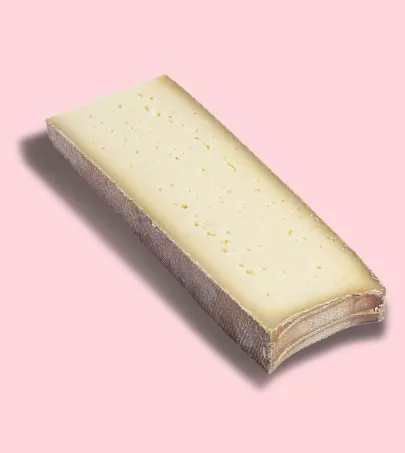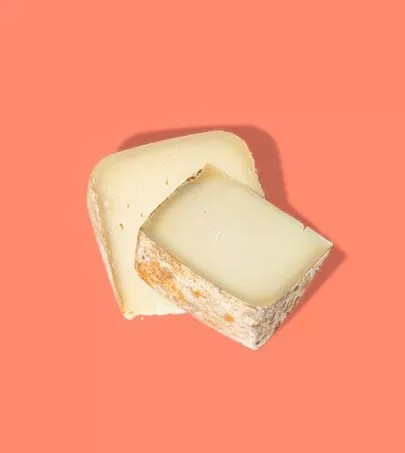
Often called the "King of Cheese", PDO Roquefort is a blue-veined cheese made from raw, whole sheep's milk. Its one-of-a-kind character is a product of the caves used to age the Roquefort, which feature an ecosystem unlike any other in the world.
What you need to know
In 1925, Roquefort became the first French cheese to receive protected destination of origin (PDO) certification. However, the cheese had been placed under royal protection long before. The history of what is often called the "King of Cheese" dates back to at least the 11th century, which is when the cheese was cited in the historical record for the first time. In 1411, Charles VI decreed that only residents of Roquefort-sur-Soulzon were allowed to age the cheese in the village's caves. The cheese, which was controlled by repeated royal charters, was protected against imitations by the Parliament of Toulouse in 1666. Even then, imitations posed a problem for the industry.
While the production of the sheep's milk, which can only be sourced from the Lacaune sheep, takes place within a 60-mile radius around Roquefort-sur-Soulzon, the cheese may only be aged in the village itself to quality as PDO Roquefort cheese. The aging process must take place in a network of one-of-a-kind caves. The collapse of the Combalou Plateau created an underground network in which the residents of the village carved out caves ventilated by "fleurines", or natural faults in the rock that function as chimneys. This ecosystem features a constant temperature and an ideal level of humidity for Penicillium Roqueforti, the mold that only grows in the Roquefort caves and creates the blue veins in the cheese.
During the production process, rennet is first added to the milk, then the curds are cut, blended, and pre-drained. The Penicillium Roqueforti is added as the cheese is being pressed into molds. The molds are allowed to drain on their own. They are turned at regular intervals, then brine-cured. Next, the cheeses are sent to the caves for aging, where they are left uncovered and pierced with long needles to foster mold growth. When the cavemaster decides that enough mold has formed, the cheeses are wrapped in foil to halt further growth and sent to a cold-temperature cave to finish aging.
A bit of backstory
According to legend, a local shepherd left his lunch of bread and sheep's milk curds in a cave in Combalou to go after a beautiful young woman he spotted in the distance. When he returned a few days later, the pain had molded and the cheese had turned partially blue. He was famished, so he ate it anyway and was delighted by the taste. And thus, Roquefort was born!
Nutritional benefits
Featuring high levels of protein (19 g per 100 g of Roquefort) and calcium, Roquefort is also rich in vitamin B12, which plays a key role in the formation and growth of red blood cells.
Pair with
Savory: walnuts, endives, and pears
Wine: dessert wines (Sauternes and late-harvest wines from Alsace) and fortified wines (Porto, Banyuls, and Maury)

